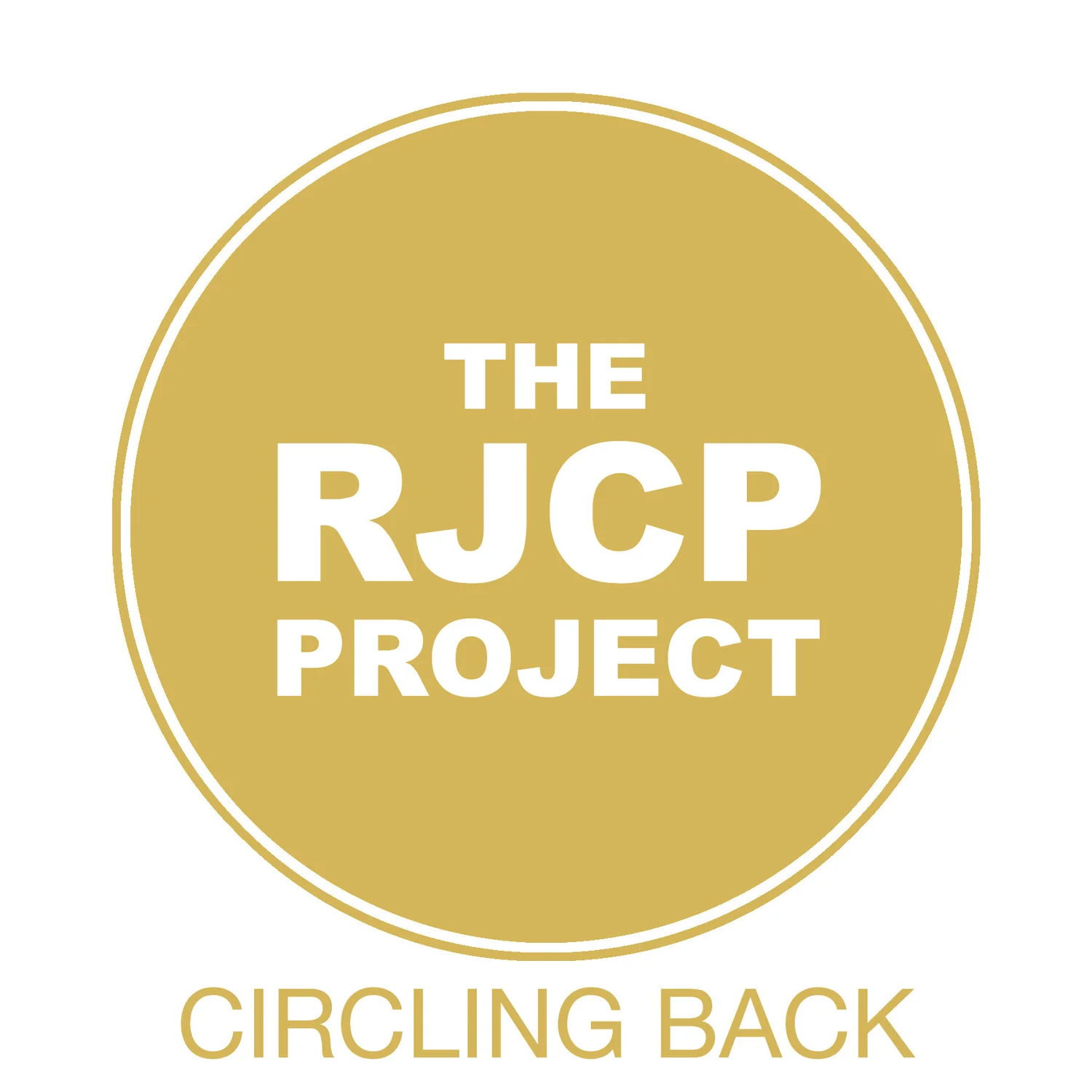How it works.
A Request.
Anyone can initiate the Restorative Justice Circle process with the RJCP Project simply by reaching out or calling us at (917) 310-1764. A circle may be requested by a person on parole or a clemency applicant, by their attorney or advocate, a person impacted by a criminal act, a friend or family member of either party, a future employer, a religious leader, a member of the parole board, the clemency board, or any other interested party.
Careful Preparation.
Once someone requests a circle, TRC Circle Keepers begin pre-circle preparations by identifying and contacting interested parties. The process is explained and questions are answered. Circle Keepers then invite participants to engage in the process. At this point, important logistics are addressed so that everyone can participate with ease.
The Process Begins.
The first step in the Restorative Justice Circle Process is an Affinity Circle process for the requesting party. This circle will include their “Supporters” - often family members and close friends along with other invested and willing community leaders, and a trained Circle Keeper. Generally, the Affinity Circle will meet several times. At the end of this process it will be determined whether to pause or continue the process.
If the process is continued, RJCP will approach and repeat the Affinity Circle process for the affected entity, in which they will have their own Supporters but the same Circle Keeper.
If it is then determined both parties are ready and willing to engage with one another, the two Affinity Circles will merge into one Community Circle. This circle facilitates both parties in exploring the conflict in a highly structured and well-supported environment. Here all entities and community members can speak openly about the lasting impact of the incident.
In the final portion of the Restorative Justice Circle process, both parties will work on moving forward. This is extremely practical work, consisting of specific agreements reached between parties that outline the process of recourse and reintegration.
“The process is slow, careful, and inefficient, which is a good thing -- it makes space for people to be where they are, to move at their own pace, to listen and be heard, to work on suspending judgment and being present.”
— Circle Keeper



